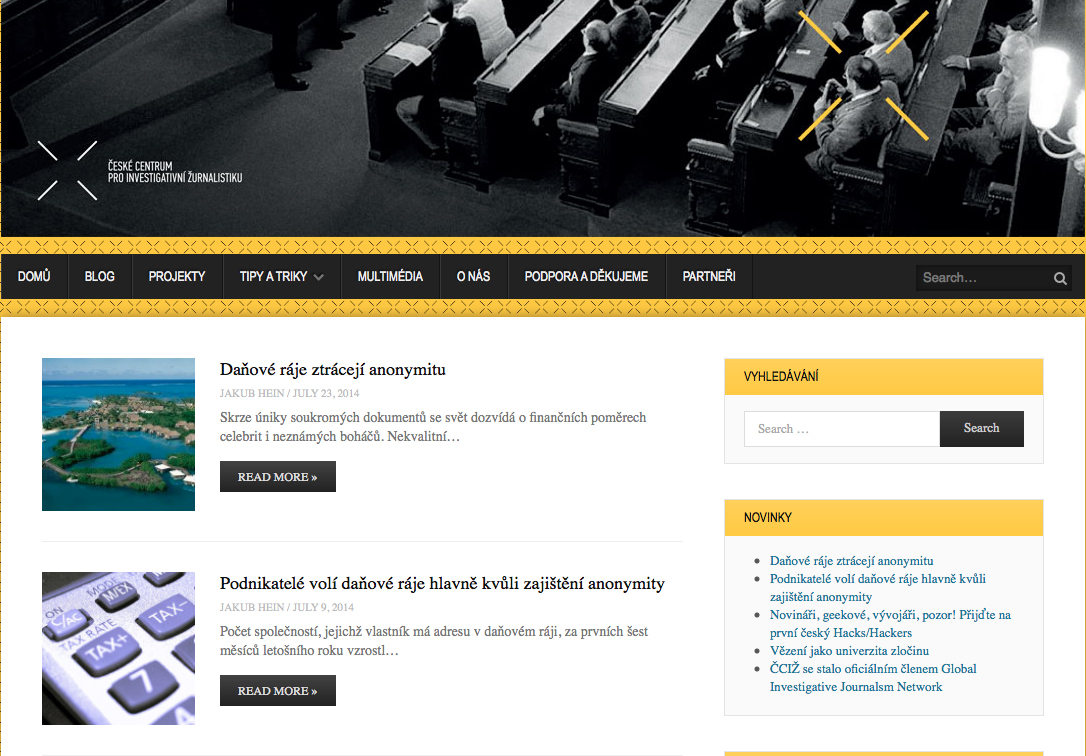We don’t need analysis to know that pandemic was one of the most covered topics in the media in 2020, and it is continuing to be. The media approach of the topic is very diverse with different actors being voiced in the articles, including scientists, health care workers, common people or politicians (mostly prime and health minister).
Croatia has the first case of covid-19 in February last year. Members of the Civil Protection Headquarters of the Republic of Croatia: Vili Beroš, Croatian Minister of Health, Davor Božinović, Minister of Interior Affairs, Krunoslav Capak, the head of Croatian Institute for Public Health, and Alemka Markotić, the head of the Clinic for Infective Diseases ‚Dr. Fran Mihaljević‘ were the main actors that during the first wave communicated daily with the citizens through press conferences.
In her article “Communicating Covid-19 pandemic: Media coverage of the headquarters and the use of persuasion strategies in Croatia”, Dr. Marijana Grbeša from the University of Zagreb analyzed media coverage of those key figures, with the exclusion of Krunoslav Capak, during the so-called first wave of the pandemic. In Croatia, it began with the first case and lasted until May 11, 2020, when the measures started to relax.
Positive representation and minimum of negative comments
One of the assumptions of the paper was “that the favorable media representation of the individuals who were perceived as the faces of the battle against the pandemics may have been important in boosting their authority, and consequently their ability to persuade otherwise pessimistic and distrustful citizens”.
The textual analysis of two Croatian news portals’ content was conducted (index.hr and vecenji.hr) to see how the image was constructed around three main actors. Index.hr is considered to be more critical toward government and generally towards Croatian Democratic Union that is currently in power, while vecernji.hr is usually less critical.
The findings show that Beroš, Markotić, and Božinović were all mainly positively represented in both of the analyzed media. Quantitative content analysis showed that Vili Beroš was the most praised, after him Alemka Markotić, and the last of three was Davor Božinović.
Negative comments, findings show, were almost not present at all in February and March. In April they started to raise but were still very low.
Grbeša argues that in combination with the use of persuasion strategies in the discourse around pandemics, it helped increase people’s trust in the headquarters, even though the measures they introduced seriously interrupted the normal life of citizens. She adds that “outstanding personal rating of Vili Beroš and unexpected jump in public optimism measured in April 2020 speak in favor of this assumption”.
Construction of heroes
In the qualitative analysis, the researcher showed that the media praised the actors for their professional competence, communication skills, and character. They were represented as “credible experts and likable people that were awarded the status of ‚heroes‘ that people can look up to”.
The researcher also found how humanization techniques were used to represent the main actors as caring human beings. As she explains, it was achieved by sharing stories from the personal domain, but the most important role was played by children. “Children were crucial in branding the team as ‘heroes’ because the media built on children’s creations that portrayed Beroš, Markotić, Božinović, and Capak as superheroes. In addition, the ‚heroism‘ was constructed around people’s admiration for the members of the team, especially for Vili Beroš who was often glorified as the ‚savior‘”.
The presented study is not the only one on the topic of the media influence on the pandemic, as researchers from other countries conducted a similar analysis. Grbeša thus adds how her findings “are in line with the evidence from other studies”.
She summarizes her work arguing how the positive representation of the main figures in pandemic helped the overall positive image and trust within the public, but she also emphasizes how the change of the media representation in later months influenced the change of their public image and citizens started to losing their trust again.
This research shows us how media plays an important role in the pandemic, but although it is important to increase citizens’ trust in democratic institutions and experts, it doesn’t mean media should stop critically observing the everyday reality. It may be a hard task to find a perfect balance, which in the time of crisis that is still ahead of us, journalists will continuously have to search.
| About this Article
This article is a summary of research conducted by Dr. Marijana Grbeša from the Faculty of political science, University of Zagreb. The original scientific article “Communicating Covid-19 pandemic: Media coverage of the headquarters and the use of persuasion strategies in Croatia” was published in Annals of the Croatian Political Science Association 17(1): https://hrcak.srce.hr/247039. Grbeša analyzed how two news sites constructed the image of the main actors during the pandemic in Croatia. It shows how media can influence the way citizens think and rebuild trust in democratic institutions and politics. |
Image source: Pixabay.com
Tags:communication, coronavirus Croatia, covid-19, media and covid-19

















